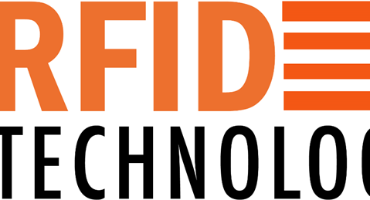Here’s how UHF RFID specifically improves tracking, planning accuracy, bottleneck identification, and overall supply chain efficiency:
1. Tracking Items Through the Supply Chain
How It Works:
RFID UHF Tags are attached to items, pallets, or containers.
Fixed UHF RFID Readers are placed at strategic points like:
Receiving docks
Warehouse entry/exit points
Conveyor belts
Loading/unloading bays
Mobile Readers (handheld or vehicle-mounted) are used for inventory scans on the go.
Benefits:
Automatic identification of items as they move through each stage of the supply chain.
Bulk scanning capabilities allow tracking hundreds of items in seconds.
Real-time updates to central databases and Warehouse Management Systems (WMS).
Result: Continuous visibility of goods-in-transit, reducing the chances of loss, misplacement, or theft.
2. Improving Planning Accuracy
How It Helps:
Provides real-time inventory data, reducing reliance on outdated manual counts.
Enables accurate demand forecasting by feeding precise stock movement data to planning systems.
Improves Just-In-Time (JIT) delivery models by synchronizing inventory levels across all nodes.
Benefits:
Prevents overstocking or stockouts.
Enhances supplier coordination with up-to-date inventory levels.
Reduces buffer inventory needs.
Result: Better procurement, production, and replenishment planning.
3. Identifying Bottlenecks in the Supply Chain
How It Works:
Timestamped RFID reads capture exactly when and where items are delayed or queued.
Data from multiple read points can be analyzed to identify:
Slower than expected transit times
Dwell times at warehouses
Congestion at docks or inspection points
Benefits:
Spot inefficiencies in real time.
Benchmark performance across different facilities or routes.
Enable predictive alerts and process redesign to reduce delays.
Result: Data-driven diagnosis of supply chain inefficiencies and faster response to issues.
4. Increasing Overall Supply Chain Efficiency
How It Helps:
Automation reduces the need for manual scanning and labor.
Error reduction through accurate item verification at every stage.
Faster throughput at receiving, picking, packing, and shipping points.
Supports cross-docking and flow-through logistics by speeding up item handling.
Benefits:
Reduced labor costs.
Increased throughput and order fulfillment speed.
Higher inventory accuracy (up to 99%+ with UHF RFID).
Result: Lower operational costs, improved service levels, and better customer satisfaction.

